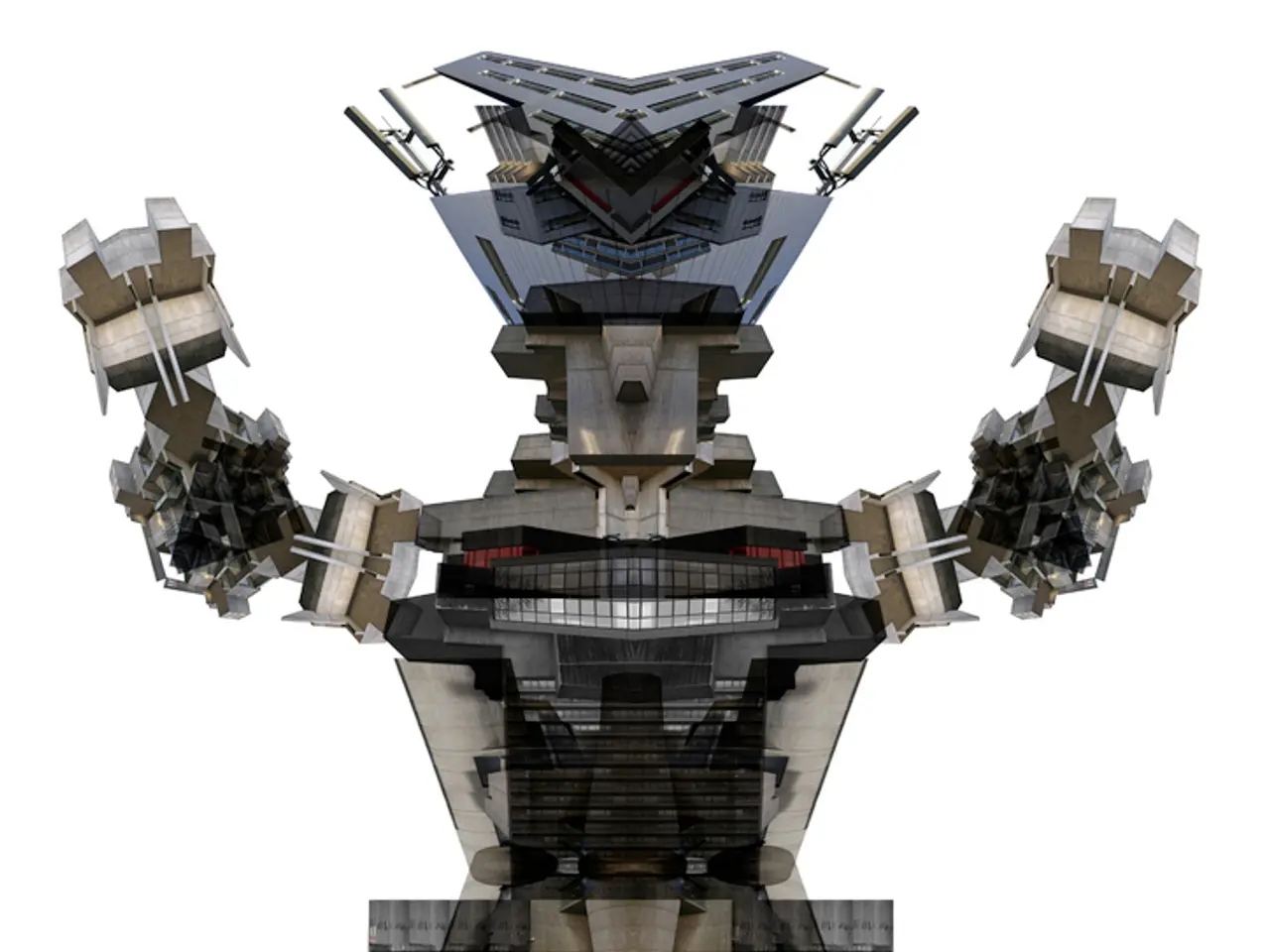Exploring the Core Concepts of Autonomous Robotics: Significant Perspectives and Uses
In the realm of technology, autonomous robotics is rapidly evolving, transforming various industries and reshaping the way we work and live.
Current advancements in autonomous robotics reflect a multi-level progression in autonomy and capabilities, with significant applications across sectors like manufacturing, logistics, construction, healthcare, and more. These robots, powered by AI, machine learning, improved sensors, and connectivity technologies, are becoming increasingly adaptable, mobile, and interactive.
The journey of autonomous robotics begins with understanding the challenges that lie ahead. Technological limitations affect their performance and reliability, with struggles such as accurate data collection, delays due to computational power requirements, insufficient data for AI training, power supply concerns, and security vulnerabilities. Despite these hurdles, progress is being made.
One area where autonomous robots shine is in critical settings like surgeries. By mitigating human error, they improve patient outcomes and decrease complications. However, it's important to note that decision-making algorithms for these robots may inadvertently reflect biases present in training data, leading to unfair outcomes.
As we move forward, future developments focus on enhancing perception, planning, manipulation, and human-robot interaction. Robots will increasingly learn from their environments via AI and machine learning, enabling higher responsiveness and performance. Emerging technologies such as AI-powered vision, Natural Language Processing (NLP), 5G connectivity, and cloud robotics will further improve robotic capabilities and integration, enabling applications like smart cities.
By 2025, autonomous robotics technology is categorized into levels of autonomy ranging from scripted motion (Level 0) to complex force-dependent tasks requiring fine manipulation (Level 4). Robots at Level 0 to Level 2 are widely deployed today, with Level 2 (autonomous mobility) robots entering early production phases for open-world navigation in environments such as construction sites and critical infrastructure inspection. Level 3 (low-skill manipulation) robots are in pilot use in kitchens, laundromats, manufacturing, and logistics, while Level 4 capabilities remain primarily in research.
Industry leaders like ABB Robotics are at the forefront of this revolution, launching new heavy-duty industrial robot arms capable of handling heavy payloads and introducing autonomous mobile robots (AMRs) for indoor transportation of loads. This trend toward combining mobility, dexterity, advanced vision, and AI for versatile robots that can autonomously switch between diverse tasks in real-world environments is a testament to the strides being made in the field.
Embracing the change brought by autonomous robotics will be crucial as we navigate the future of work and innovation. Autonomous robotics significantly improve safety in workplaces and hazardous environments by handling dangerous tasks, reducing workplace accidents by 50% when used for routine inspections and maintenance. However, questions about accountability arise when it comes to the actions taken by these robots.
As autonomous robotics continue to evolve, they are transforming agriculture, logistics, construction, retail, and other industries. They optimize processes, increase yields, improve speed and efficiency, and minimise human risk. Advancements in AI and machine learning allow robots to process vast amounts of data in real-time and recognise patterns and objects with high accuracy.
In summary, current autonomous robotics are advancing from industrial automation toward more adaptable, mobile, and interactive systems with wide-ranging applications across industries. Future progress will be fueled by AI, sensor fusion, connectivity, and improved manipulation skills, leading to broader adoption across sectors and roles involving complex environments and interactions with humans.
- The integrations of AI, machine learning, sensors, and connectivity technologies are transforming autonomous robots, making them increasingly adaptable, mobile, and interactive.
- Despite the challenges in accuracy, computational power requirements, and data availability, autonomous robots prove beneficial in critical settings like surgeries, improving patient outcomes and decreasing complications.
- By 2025, robots will be categorized into various levels of autonomy, with the latest advancements enabling them to perform complex tasks requiring fine manipulation.
- Autonomous robotics are transforming various industries, optimizing processes, increasing yields, improving speed and efficiency, and minimizing human risk, particularly in agriculture, logistics, construction, retail, and other sectors.




